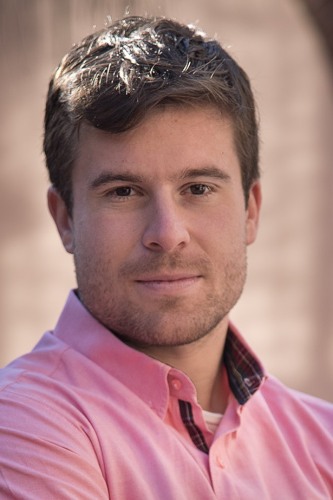
Nicolás Taccone
Biography
Nicolás instructed graduate and undergraduate level courses at Universidad Torcuato Di Tella and Brown University, where he furthered his teaching training at the Sheridan Center. Last year, Nicolás received the P. Terrence Hopmann Award for Excellence in Teaching from Brown’s Department of Political Science.
Nicolás holds a BA in Political Science and International Relations from Universidad de San Andrés (2014) and an MA in Political Science from Universidad Torcuato Di Tella (2018), both in Argentina. Outside of academia, Nicolás plays soccer and is a River Plate fan.
Job Market Paper Title:
"The Wartime Roots of Rural Governance: Militias' Evolving Roles in Post-Conflict Peru"
Job Market Paper Abstract:
Under what conditions can militias enhance rural governance in post-conflict settings? Drawing from fieldwork in rural Peru, this paper advances a theoretical framework to explain militias’ varied post-civil war trajectories, focusing on their wartime relationships with the Armed Forces and local communities. Specifically, I explore “governance strengthening,” an overlooked yet essential trajectory for militias after civil wars. Militias with autonomy from the Armed Forces and strong community ties are more likely to persist and strengthen post-war rural governance. By protecting communities from civil war violence, these militias earn social legitimacy and institutionalize, prompting their members and local villagers to repurpose them for post-conflict governance roles. To substantiate this argument, I conduct a comparative historical analysis in Peru’s rural periphery using multiple site-intensive methods, including interviews, archival work, and participant observation. The paper offers insights into the historical legacies of violence, institutional change, and governance in areas with minimal state presence.